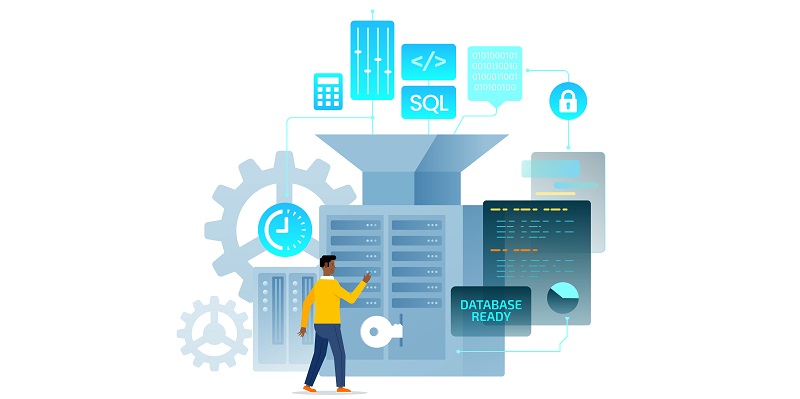In today’s fast-paced digital landscape, businesses are constantly striving to stay competitive and agile. Composable infrastructure has emerged as a game-changing approach to managing and deploying IT resources efficiently. This article explores the flexibility, power, benefits, and challenges associated with composable infrastructure, providing insights into how businesses can leverage its potential for improved IT operation and deployment.
The Flexibility of Composable Infrastructure
Composable infrastructure brings unprecedented flexibility to businesses, empowering them to adapt quickly to changing market conditions and customer demands. Unlike traditional infrastructure approaches, composable infrastructure allows IT teams to allocate resources as needed, ensuring optimal utilization and cost-effectiveness. This flexibility enables businesses to scale resources up or down on demand, creating a dynamic IT environment that aligns seamlessly with business needs.
The Power of a Software-Defined Approach
At the heart of composable infrastructure lies its software-defined approach. By abstracting the underlying hardware, this approach allows IT teams to manage resources through software, utilizing Application Programming Interfaces (APIs) to automate and orchestrate infrastructure provisioning and management processes. This not only streamlines IT operations but also enhances resource allocation precision, ensuring optimal resource utilization and performance.
Benefits of Composable Infrastructure
The adoption of composable infrastructure supports a more agile and innovative IT environment. Businesses can experiment with new technologies and applications without the need for significant upfront investment, fostering a culture of exploration and innovation. Additionally, the dynamic resource allocation capabilities offered by composable infrastructure contribute to improved scalability, responsiveness, and overall business agility.
Challenges of Harnessing Composable Infrastructure
While the advantages of composable infrastructure are significant, implementing and harnessing its power is not without its challenges. It demands a fundamental shift in both mindset and approach, moving away from the traditional, hardware-centric view of IT to a more software-defined, service-oriented model. Businesses must carefully assess their unique needs and circumstances to ensure a proper fit before embarking on the journey of adopting composable infrastructure.
Potential Business Benefits
The potential benefits of composable infrastructure are compelling. By implementing this innovative approach, businesses can experience a reduction in IT infrastructure costs through improved resource utilization, the elimination of siloed hardware, and optimized operational efficiency. Furthermore, the software-defined nature of composable infrastructure contributes to increased application performance, ensuring faster response times and enhanced user experiences. Overall, businesses gain the agility required to adapt in today’s rapidly evolving digital landscape.
Composable infrastructure represents a significant shift in the way businesses manage and deploy IT resources. Its flexibility, enabled by a software-defined approach, allows businesses to respond quickly to market dynamics and customer demands. By embracing composable infrastructure, businesses can unlock a multitude of benefits, including a reduction in IT infrastructure costs, improved application performance, and enhanced business agility. However, careful consideration of specific needs and circumstances is essential before embarking on this transformative journey. Embracing composable infrastructure empowers organizations to usher in a new era of efficient and dynamic IT resource management, leading to sustainable growth and competitiveness in the digital age.

